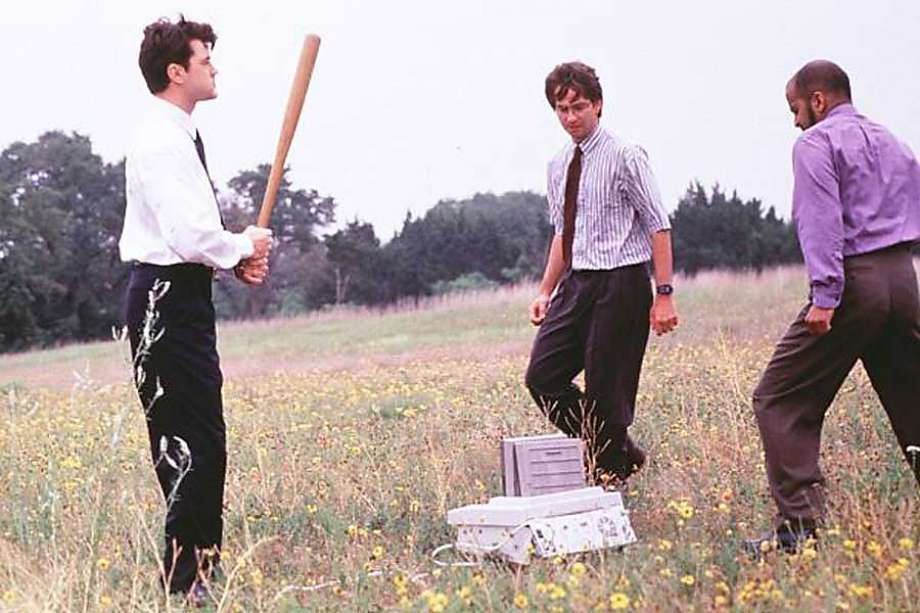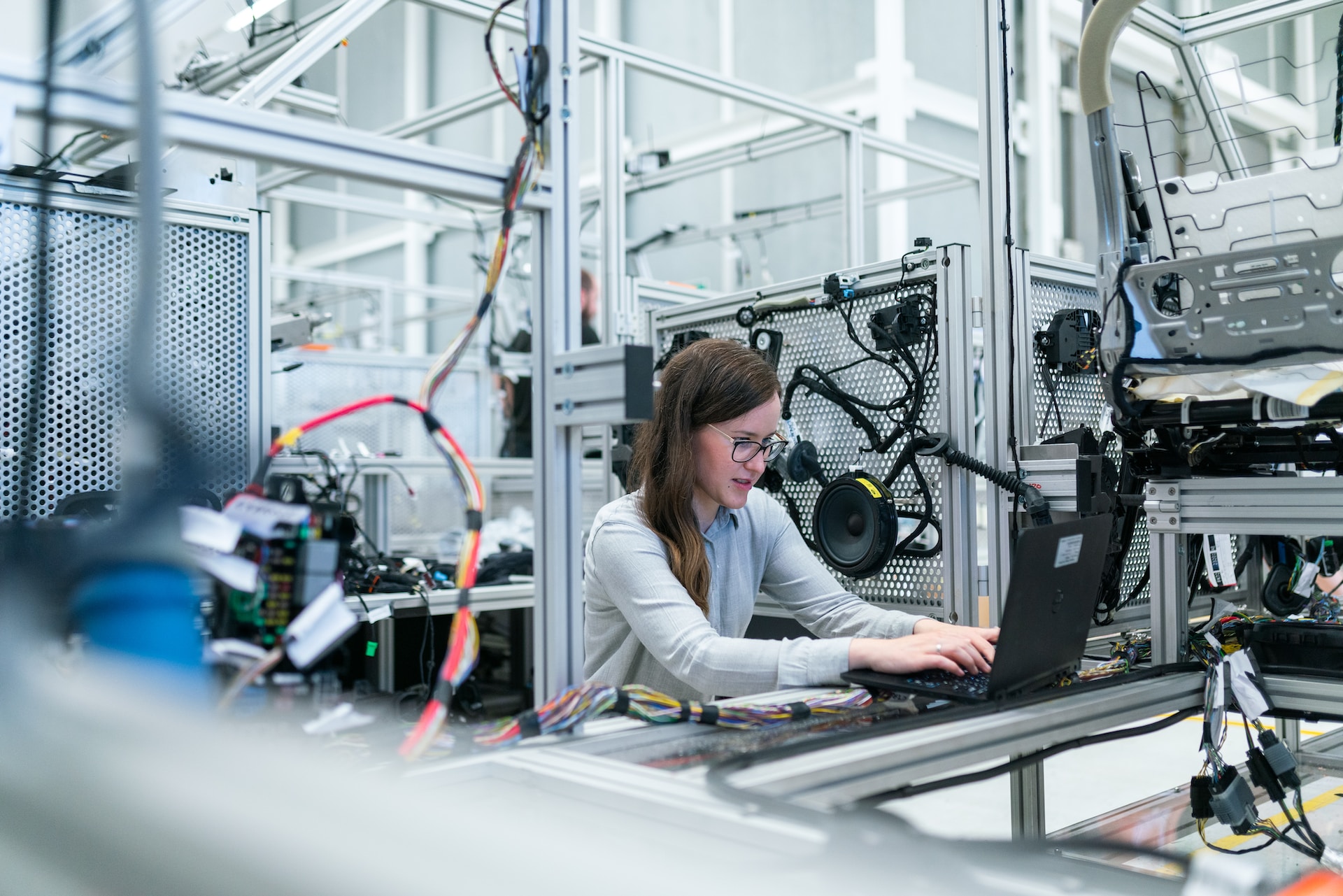How do some of the main builders of the modern world think? The basics of systems thinking and the ways to find optimal solutions for real-life problems.
We admire the achievements of science, but we easily forget those who directly change our lives — inventors and engineers. The art of the engineer is to be invisible: we usually think of him only when something broke or went wrong.
It is people with an engineering mindset who design our everyday life today. The entire technological environment — from transportation systems to medical equipment and Internet services — was created by applying methods of engineering thinking.
The engineer differs from the scientist in that his activity is aimed at solving specific problems, because he has to deal with a huge number of restrictions and compromises.
If for Galileo or Newton ballistics was a «mathematical gym» in which one could hone the ways to describe reality, for engineers mathematics matters only as a way to answer quite practical questions: how to get rid of traffic jams? How to track trains? How to speed up mail delivery without increasing the cost of its service?

New inventions are very often useless, so we know almost nothing about them. Source: technocrazed.com
Text from the book 'Applied Minds: How Engineers Think' Guru Madhavan, designed «for anyone who wants to think systemically and find solutions to the most complex and complex problems».
An applied mindset is based on what I call modular systems thinking. It's not some super-talent, but a combination of methods and principles. Systems thinking — not just a systematic approach; it is more about understanding that nothing is constant and everything is interconnected in the twists and turns of life. The relationship between the modules of a system generates a whole that cannot be understood by analyzing its constituent parts.
For example, one particular method in modular systems thinking involves a functional combination of deconstructivism (dividing a large system into modules) and reconstructivism (bringing these modules together). The main goal is — to determine the strong and weak links (how these modules work, do not work or could work) and apply this knowledge to achieve useful results.
A related design concept, used especially by software engineers, — is a step-by-step approximation. Each subsequent change they make to a product or service inevitably improves the result or develops alternative solutions.
This is where the design strategy «top-down» (it can also be called «divide and conquer») is applied, where each subtask is performed separately as we move towards the final goal. The opposite approach — designing «bottom-up» when the components are put back together.
Ruth David, national security expert and former deputy director for science and technology at the CIA, phrases the issue this way:
Engineering — is synonymous not only with systems thinking, but also with building systems. It is the ability to analyze a problem comprehensively. It is necessary not only to understand the elements and their interdependence, but also to fully understand their totality and its meaning.
This is one of the reasons why engineering thinking is useful in many areas of society, and effective for individuals and groups alike.
The modular systems thinking varies with circumstances, because there is no one universally accepted «engineering method»

Designing and building the Burj Khalifa skyscraper in Dubai is different from writing code for Microsoft Office Suite. Source: wikipedia.org
The manifestations of engineering are quite varied — from testing balls in a wind tunnel for the World Cup to creating a rocket that can shoot down another rocket in flight. Methods can vary even within the same industry. Designing a product such as a turbofan engine is different from assembling a mega-system such as an aircraft, and, to continue this thought, — from forming a system of systems, such as a network of air links. The reality around us is changing, and with it — so is the nature of engineering.
If we compare our culture to a computer, engineering is its &lquo;hardware».
But engineering is also — a reliable engine of economic growth. For example, in the U.S., according to recent estimates, engineers make up less than 4% of the total population, but they help create jobs for the rest. It must be recognized that some technological innovations have taken away people's jobs, which they used to do for a living; nevertheless, engineering innovations are constantly opening up new opportunities and ways of development.
Engineering thinking has three main properties. The first — the ability to «see» structure where there is none. Our world — from haiku to high-rise buildings — is based on structures. And just as a talented composer &lquo;hears &lquo;sounds before he records them as notes, a competent engineer is able to visualize and embody structures through a combination of rules, models and intuition. Engineering thinking gravitates toward the part of the iceberg that is under the water, not above its surface. It's not just what's visible that matters; the invisible matters, too.
A structured systems-level thinking process needs to consider how the elements of the system are connected logically, in time, sequence, function, and under what conditions they do and do not work. The historian can apply this kind of structural logic decades after the event has occurred, while the engineer needs to do so preemptively, no matter what — the smallest details or high-level abstractions are involved.
This is exactly — one of the main reasons why engineers create models: so that structured discussions can be made based on reality. And in imagining a structure, it's fundamentally important to have enough judgment to know when it has value and when — it doesn't.

When designing something new, you need to be as consistent as possible and not get ahead of yourself. Source: technocrazed.com
For example, consider the following questionnaire whose author — George Heilmeier, former director of the Office of Advanced Research and Development at the U.S. Department of Defense, and one of the creators of the liquid crystal displays that have become part of today's imaging technology. His approach to innovation is to use a checklist, which is appropriate for a project with clearly defined goals and clients.
- What are you trying to do? Be clear about your goals, avoiding jargon altogether.
- How is this being implemented today, and what is the range of possible limitations?
- What is new about your approach and why do you think it will be successful?
- For whom does it matter? If you are successful, what will it affect?
- What are your risks and benefits?
- How much will it cost? How much time will it take?
- What interim and final checks do you need to do to know if you are successful?
In fact, this structure helps to ask the right questions in a logical order.
The second property of engineering thinking — is the ability to design effectively under constraints. In the real world they are always present and determine the potential success or failure of our activities. Given the inherently practical nature of engineering, the difficulties and tensions in engineering are much greater than in other professions. Limitations of all origins — imposed by nature or humans — do not allow engineers to wait until all phenomena are fully explained and understood.
Engineers are expected to achieve the best possible results under the conditions available. But even if there are no constraints, competent engineers know how to apply constraints to achieve their goals. Time constraints stimulate creativity and ingenuity in engineers. Financial constraints and explicit physical constraints that depend on the laws of nature are also common, along with such unpredictable constraints as human behavior.
Engineers need to constantly relate their designs to the existing context and even changes that may occur in the future.
«Imagine a situation where each successive version of the Macintosh Operating System or Windows was a completely new operating system, designed “from scratch”. This would paralyze the use of personal computers» — indicate Olivier de Weck and his fellow researchers at the Massachusetts Institute of Technology.

Technologies must fit together, otherwise they won't do much good. Source: sfgate.com
Engineers often refine their software products, progressively taking into account customer preferences and business needs, — and after all, these are nothing short of constraints. Changes that seem insignificant at first often necessitate other changes, and those in turn necessitate further changes... You have to manage to make it so that the old continues to work, while creating something new. There is no end to this predicament.
The third characteristic of engineering thinking is tradeoffs — the ability to make thoughtful judgments about solutions and alternatives. Engineers prioritize design and allocate resources, looking for less important goals among more important ones. For example, in aircraft design, a typical tradeoff might be balancing cost, weight, wing span, and WC dimensions within the constraints imposed by specific flight performance requirements. The difficulties of such a choice apply even to the question of whether passengers like the plane they are flying in.
If the restrictions can be compared to walking on a tightrope, the trade-offs are like a swan, pike and crab story.
there is a struggle between what is available, what is possible, what is desirable, and the limits you can allow.
There is a struggle between what is available, what is possible, what is desirable, and the limits.
Let science, philosophy and religion strive for truth as it is presented to them; engineering is at the center of utility under constraint. Structure, constraints, and trade-offs — these are the «three whales of engineering thinking. They matter to the engineer as much as they do to the musician — the beat, tempo, and rhythm.




